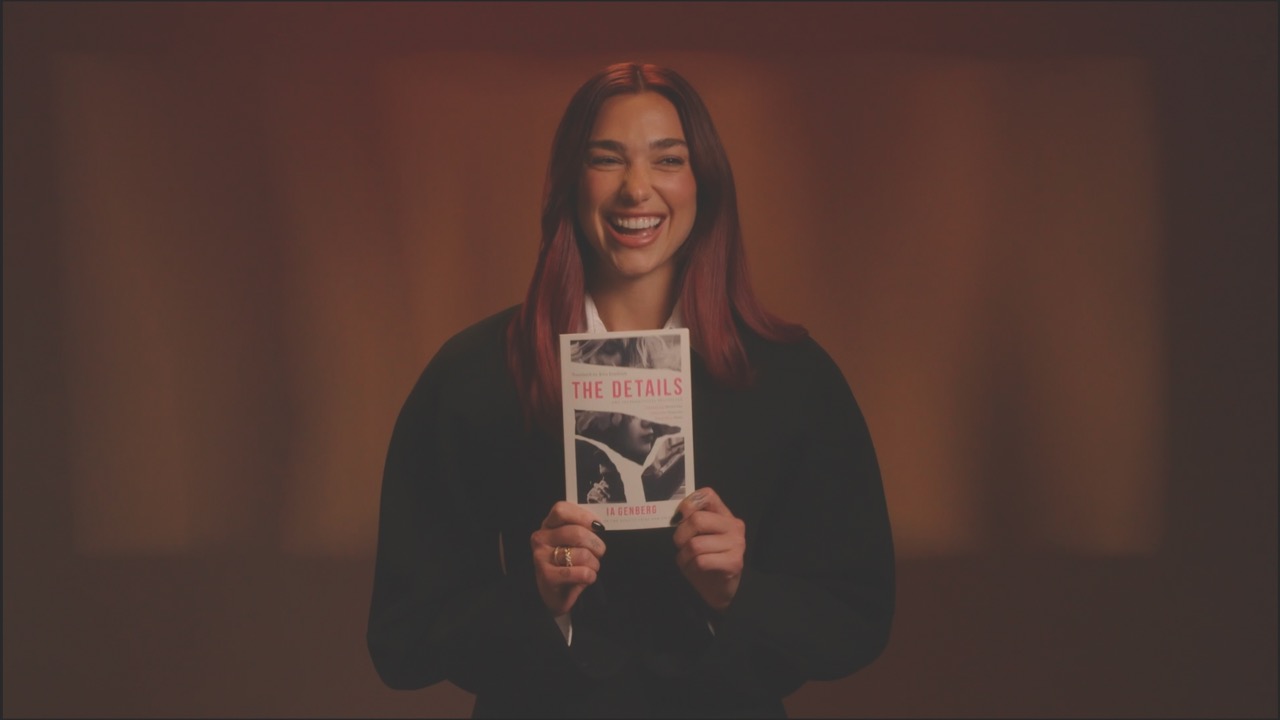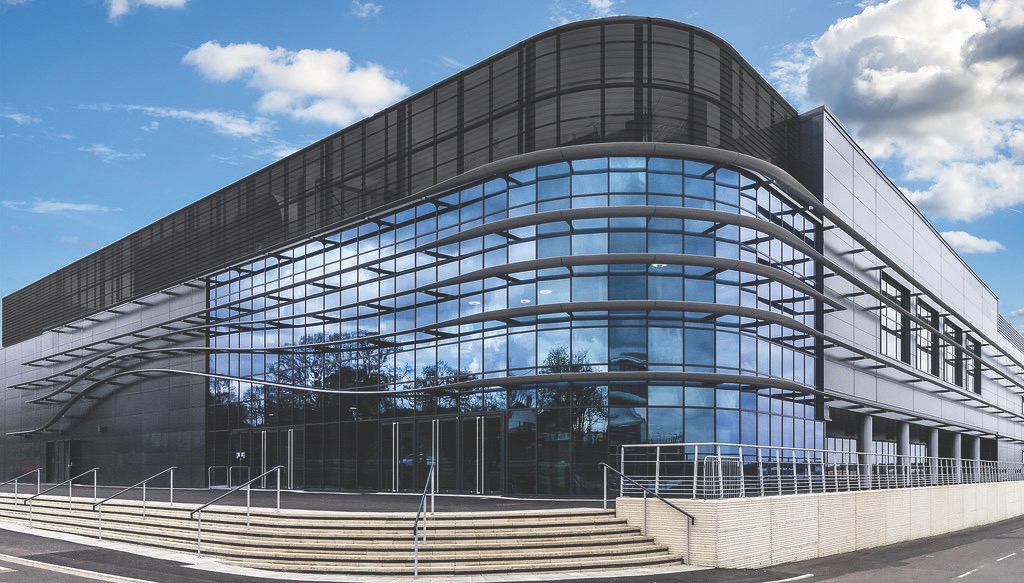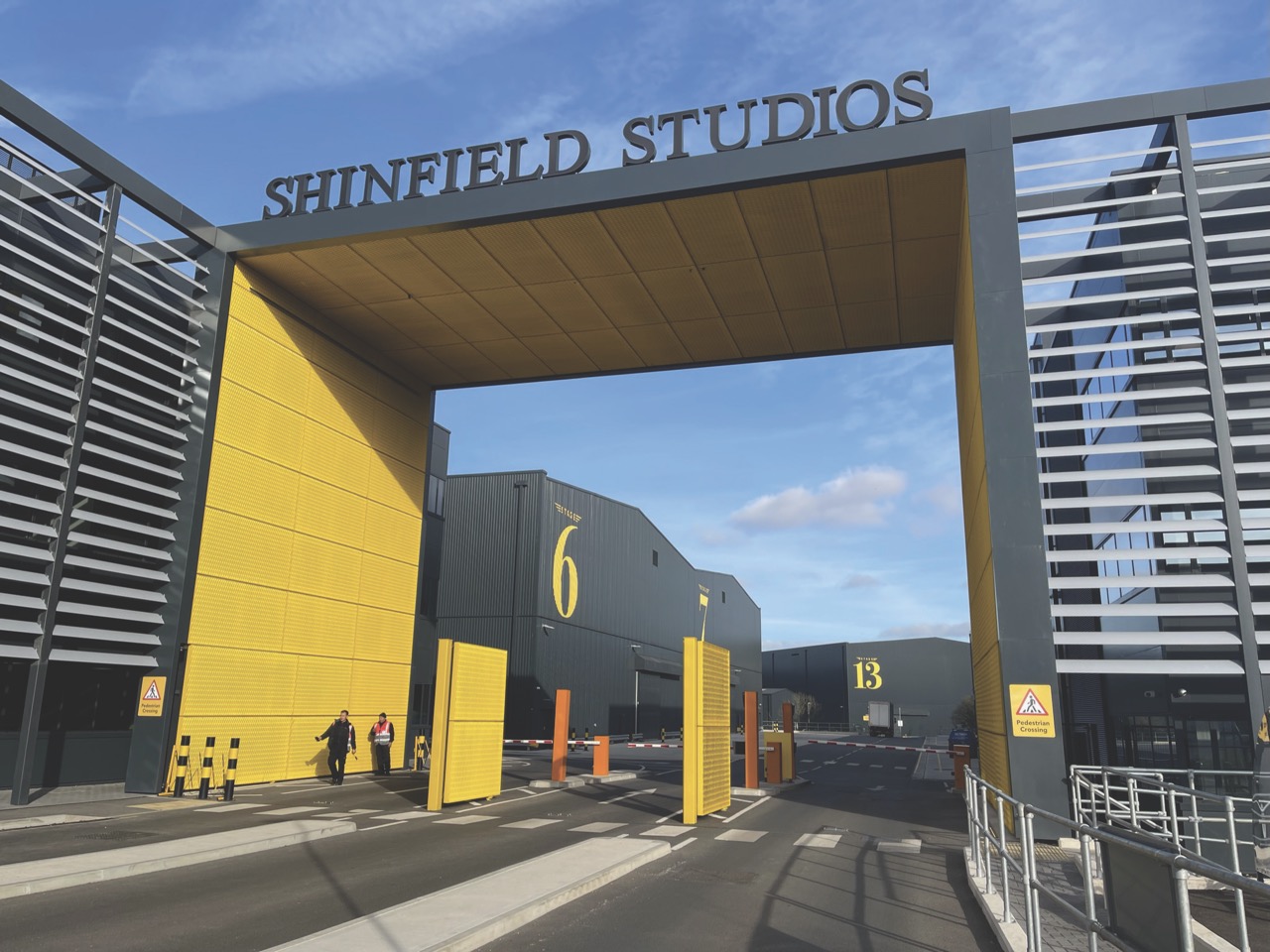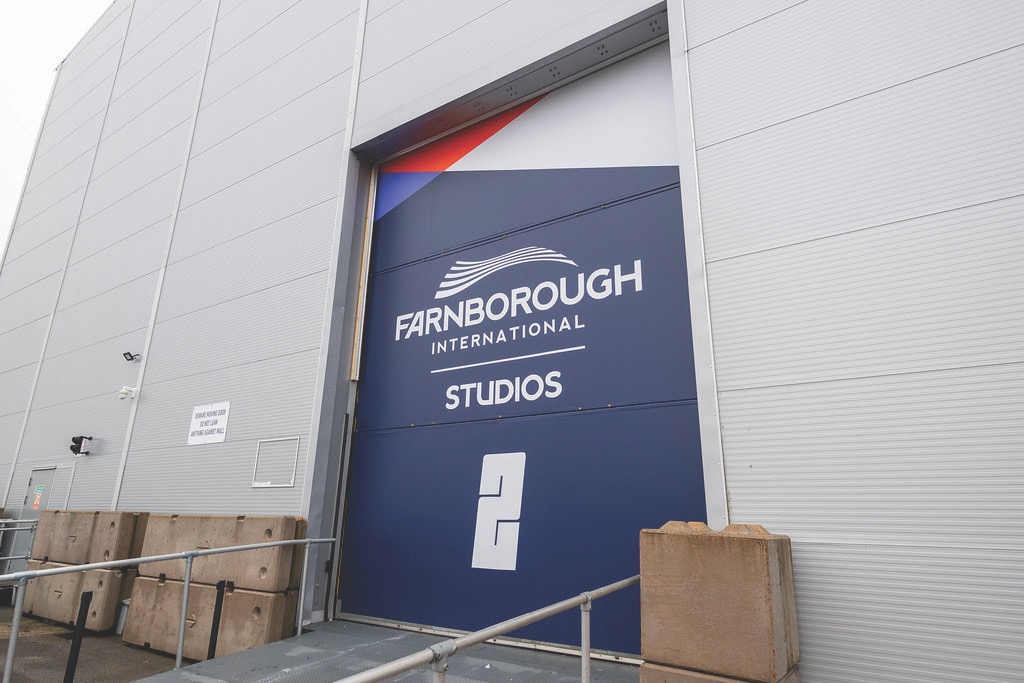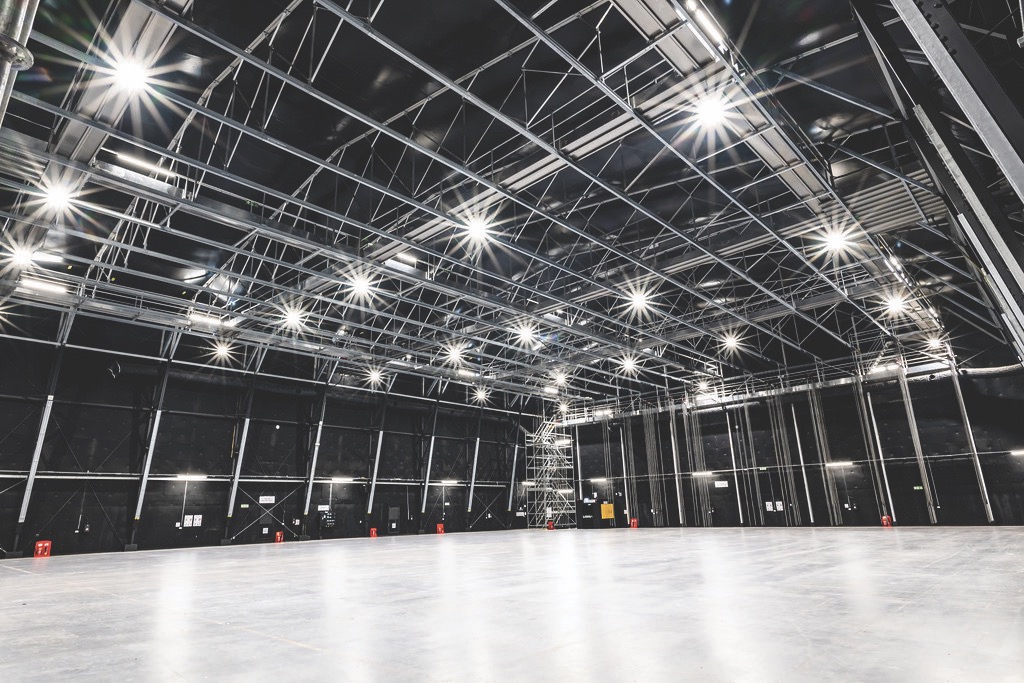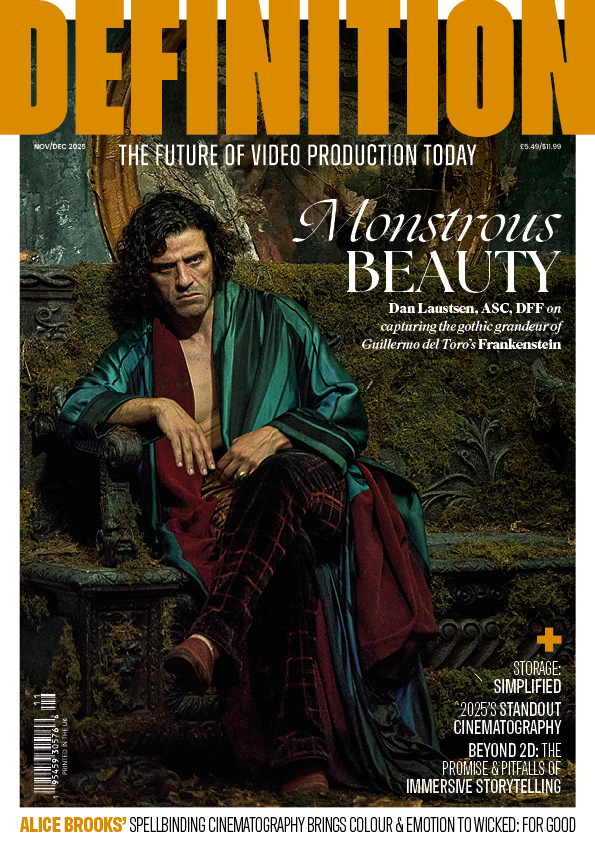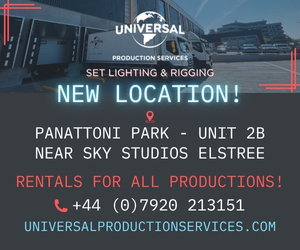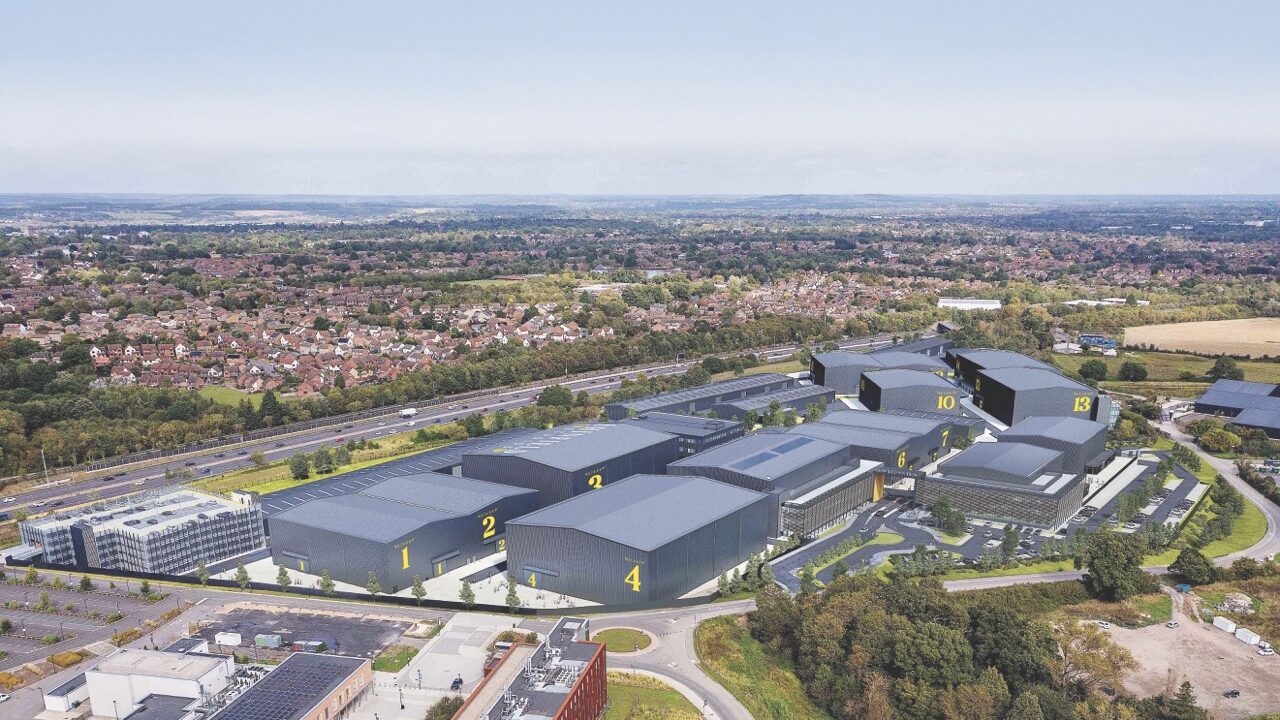
The UK studio sector: Mapping the landscape in 2025
Posted on Oct 1, 2025 by Admin
Definition takes stock of the shifting landscape, with insights from four key players on change, value & opportunity
Words Nicola Foley | Top image Shinfield Studios
In the wake of the post-pandemic streaming boom, there was a legitimate concern that the UK was running low on studio space. As the big streamers competed for subscribers, the demand for content soared. Behemoths like Netflix and Amazon were booking out studios for long periods, creating a strain on capacity that led to what felt like an urgent need for substantial infrastructural growth. As a result, the sector enjoyed huge investment, with the total square footage of studio space almost doubling in the span of a few years.
The picture now, though, is a bit more complicated. The economy has faltered, and the writers’ and actors’ strikes caused severe ruptures to the production landscape. Yes, there have been recent green shoots – like Disney pledging investment to the tune of $5 billion to UK/European production last year, or Amazon’s acquisition of the iconic Bray Film Studios in Berkshire – but the hard truth is that commissions are shrinking, traditional advertising revenues have thinned, and the industry is seeing fundamental shifts in the kind of content being made and the way audiences are consuming it. All of this has created an uncertain landscape for the country’s studio sector.
Emma Norris, founder of The Studio Finder – a service that matches productions with studio space – has a bird’s-eye view, and describes the current state of affairs as a mixed bag. “Some studios are getting busier now, while others are working hard to fill gaps in their calendars,” she describes. “There’s definitely been some uncertainty in the market over the past year or so, but there’s also optimism, especially as global demand for content continues to grow. Productions are understandably cautious with budgets, but there is a shared determination across the industry to keep things moving and continue finding creative solutions.”
Shinfield Studios in Reading – which became fully operational last year and is now one of the UK’s largest facilities – is in an enviable position: fully booked through to the end of the year, with only a small amount of availability left to fill in 2026 – a combination of returning seasons and new features filling up the calendar nicely. “I think the phrase that sums things up is ‘quiet optimism’,” says sales director Beth Gallagher. “There is no doubt that the industry has started to feel a lot busier, and certainly our site is buzzing with activity in every corner.”
Rachel Morrison, studio director at Farnborough International Studios, acknowledges that things have been challenging of late – especially in terms of what’s being commissioned. “There’s lots of top-tier stuff, and there’s definitely exciting bits in the indie sector, but that middle band – which would be our bread and butter – there’s less of that around,” she says. “Things aren’t necessarily being commissioned, and there’s more reliance on known brands and formats – which doesn’t necessarily help the studio sector as such. The strikes affected us far more than anybody expected.”
But she too sees green shoots – particularly on the indie filmmaking side. “Being part of the journey for productions just starting out and emerging artists is amazing,” she enthuses. “But obviously they don’t have the same budgets as some of our previous clients. So it’s hard, and budgets are really being squeezed.”
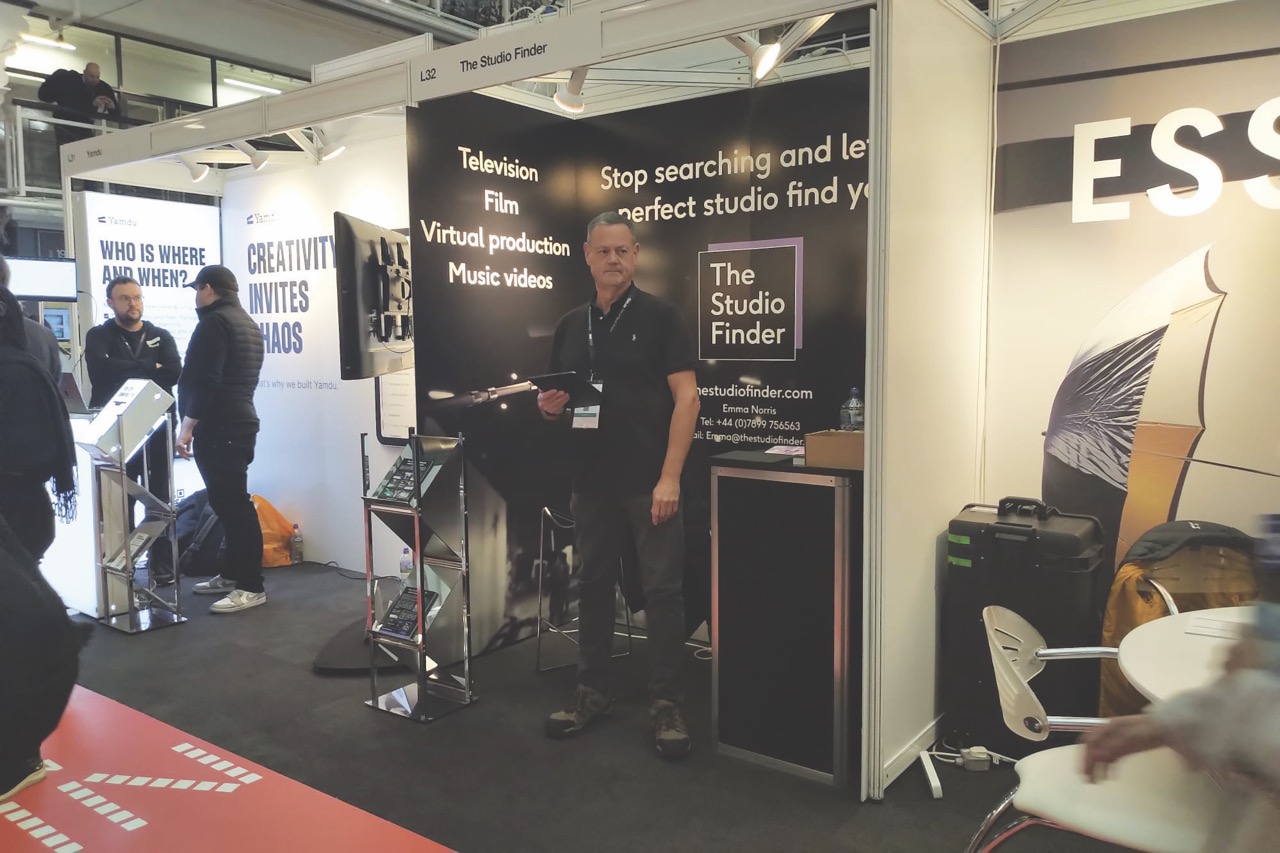
A cost-conscious landscape
Now, more than ever, producers are keeping a close eye on the bottom line and seeking maximum value for money from their studio partners. Morrison stresses the need to seriously look at the added extras that a studio can offer; whether that’s ticking sustainability boxes or having a strong network to tap into to help clients save time and money.
For some productions, outsourcing the search entirely makes sense – which is where services like The Studio Finder step in. Launched by Emma Norris in 2022, the company takes the hassle out of hunting for facilities, acting as a referral network that directly connects filmmakers, creatives and broadcasters with studios that fit their specific needs, whether that’s a green screen, sound stage, broadcast facility or something bespoke. “Going direct can work if you already know exactly what’s out there, but the reality is that the UK studio landscape is broad, varied and constantly changing,” Norris asserts. “The Studio Finder gives productions access to a curated network and insider knowledge. We can save time by narrowing down options that match your budget, technical requirements and schedule. Plus, we can often open doors to facilities that you might not even know existed. And because our service is free to productions, it’s no-risk.”
When productions are seeking studio partners, Norris shares that, beyond obvious factors such as location and price, other aspects, like ceiling height, soundproofing, access for large sets and power availability are often underestimated. “Flexibility is another – a slightly less obvious space might offer better availability or more adaptable facilities. The other pitfall is underestimating the value of the studio’s in-house team – a well-run studio with experienced staff can save productions time, stress and money,” she advises.
For productions feeling the budget pinch, she offers some further words of wisdom: “Look slightly outside the main locations and be flexible with dates, as you can find great facilities at better rates. Certain studios are also open to creative deals or resource-sharing to make budgets work.”
Meanwhile, Shinfield Studios’ Beth Gallagher points to one of the biggest current drains on production budgets: the cost of power. “That’s worthy of additional research and discussion,” she recommends. “I’m glad we can help in this area by removing the need for generators in our new stages, helping to keep power budgets under control.
“Ultimately, working with a studio who is a true operational partner, that has an experienced team with a background in production, is important. You need a partner who will operate efficiently alongside production and help keep things on track. Producers need studio partners who are looking around corners and flagging potential issues.”
Shifting clients, shifting priorities
Studios are also seeing changes in their client bases. At Farnborough, they’re seeing more online platforms exploring uses of studio space, such as YouTube creators The Sidemen. “This is exactly where we need to be – exploring all these different platforms. Things are emerging and changing, and as a facility we have to be up for that,” says Morrison.
Broadley Studios in London, which started life as a TV studio and celebrates its 20th anniversary this year, has also noticed a definite shift in what clients want – and that in turn has driven them to evolve their offering. “It’s hard to just be a traditional four-walls studio these days,” ponders owner Richard Landy. “You need to be offering other things to make ends meet and keep yourself relevant.”
At his studio, that’s included services like Broadley AI – producing AI-powered content ranging from virtual presenters to localisation – and broadening virtual production capabilities. “For us, it’s about investing in new tech and doing stuff that other people don’t. I think our size also helps us be more agile,” he sums up.
“I believe the most successful people in life are the ones who can adapt to change quickly – you’ve got to diversify, and can’t keep doggedly holding onto something that’s disappearing. We work with a range of broadcasters, influencers, brands, individuals, movies; we’ve done exercise videos, beauty stuff – it’s a bit of everything, and that’s working for us.”
Defining a value proposition
As competition grows, studios are doubling down on strengthening their identity and service. Relative newcomer Shinfield Studios benefits from having a brand-new site, built to meet modern production needs right up to the highest budget and most ambitious features, but what can really set them apart, according to Gallagher, is their laser focus on detail. “Whether that’s through provision of ample parking across the site, large perimeters around stages for production vehicles or thermal-controlled stages so that heating or air conditioning is needed less frequently. The list goes on,” she says. “But the message is: we make production easier.”
Broadley’s Richard Landy says that his studio’s value proposition is a combination of good value for money and the ability to act as a full-service, one-stop shop that provides clients with multi-channel storytelling. “We offer production finesse and can hold a brand’s hand when they’re creating content – they come with their ideas and talent, and we can create it well and cheaply for them,” he suggests. “I’ve got one client who I’m making avatars for, doing podcast discussions with in a virtual set, covering live and streamed events and more – we understand the brand’s message and how to get that across. We’re hitting all of those different verticals in communication; you’ve got to be doing socials, B2B, B2C, AI, website development – and we can offer all of it; we’re like an agency in how we approach things. This client lets us know what’s coming up and his key messages, and we find the right way to get it out there.”
For many productions, sustainability has moved higher up the priority list – and Norris reports that it’s now part of every serious conversation. “More productions are asking about energy efficiency, waste management and local sourcing,” she says. “So studios are responding with LED lighting, solar power, EV charging points and better recycling systems. We’re also seeing interest in suppliers who can provide low-emission generators or reusable set materials. Sustainability is no longer just a ‘nice to have’ – it’s becoming a real, meaningful factor in decision-making.”
It’s an area close to Farnborough Studios’ heart, with Morrison suggesting the studio’s green credentials are one of its key USPs. That’s far from lip service: Farnborough is a BAFTA albert-accredited supplier, operates a zero-to-landfill policy, generates over 30% of its annual electricity needs through solar energy and sources 100% of energy on site from renewable sources. It also offers all clients a list of locally based suppliers and crew to support their productions and limit travel and carbon emissions.
The team have always got an eye on limiting environmental impact, “whether it’s gifting wood to a local college’s construction course or donating old sets for the MOD’s drone training, we’re always starting those conversations and asking how we can help – from the prep period, we’ll be looking at how assets can be reused and recycled. We’ve also got a big site, so we can store sets, which means they don’t have to be rebuilt. Finding ways to help productions on their sustainability journeys is important to us.”
The skills pipeline
Another increasingly pressing issue is the challenges around the skills pipeline in the industry – and nurturing the next generation of talent is something the UK’s studios take seriously. Shinfield Studios is a founding member of Screen Berkshire, which provides opportunities for work and training, building on the regional screen skills talent pool. Farnborough also leans in with its outreach programme – which includes evenings for teachers to visit the studio and learn about opportunities for students looking to get into creative careers – as well as its skills academy, running bootcamps that span a range of disciplines.
Ensuring that the workforce is adequately skilled in an age where new tech is constantly reshaping the playing field is no mean feat, but Richard Landy has a tip for budding filmmakers: “Learn how to prompt AI. Seriously,” he stresses. “It’s moving so fast that you’ve got to try and keep abreast of the new technologies and adapt to change. As for the bigger picture: try to find your voice and stick with it.
“I haven’t got a crystal ball, so I can’t look into the future, but keep all of the relevant tech at your fingertips; try to master it,” he adds. “And most importantly – find someone who’s got some money and can pay you to do what you want to do!”
The UK on the global stage
Despite all the complexities of the current landscape, the UK remains an undisputed heavyweight in the global production market. Generous tax incentives, a highly skilled crew base and an impressive infrastructure of world-class facilities mean the country continues to punch above its weight in attracting inward investment.
Morrison suggests that collaboration between studios is also part of the UK’s strength. “Each studio offers something slightly different, and we all talk and work together too,” she says. “We’d all rather a production came here than went elsewhere; so however we can work together to offer the best solution, we will.”
Beth Gallagher at Shinfield agrees that the combination of government incentives and experienced talent is hard to beat, but warns that maintaining that edge will require vigilance.
“Ensuring that the UK continues to offer world-class infrastructure is clearly paramount for attracting large-scale inward investment productions,” she concludes. “The best-known producers, studios and franchises are still choosing the UK – that says everything.”
Looking ahead
The road ahead isn’t without its bumps – tighter budgets, shifting commissioning strategies, the unknowns of AI and even political volatility across the pond all loom large – so what do those at the coalface think the future looks like?
At Broadley, Richard Landy is pragmatic: “AI will affect us all, I’m sure, but how remains to be seen. I do think growth in 2026 is going to be steadily moving in the right direction, and there are still jobs out there for people. The content monster needs feeding and they need to find people to keep feeding it.”
At Shinfield, the outlook is bright, with a full shooting schedule well into next year. “This momentum points to a strong outlook for 2026 and beyond, particularly for inward investment projects,” says Gallagher. “We’re also seeing an uptick in enquiries from UK independent film producers, and we hope to see that build further in the coming years.”
At Farnborough, Rachel Morrison is embracing the sense of possibility that comes with being a newer player in the market. “What mainly keeps me up at night is excitement,” she admits. “It’s quite a different offer to what it has been, and that full gamut – from your stunt driving to your unit base shooting in the stages – feels like the exciting journey forward.”
This article appears in the September/October 2025 issue of Definition



